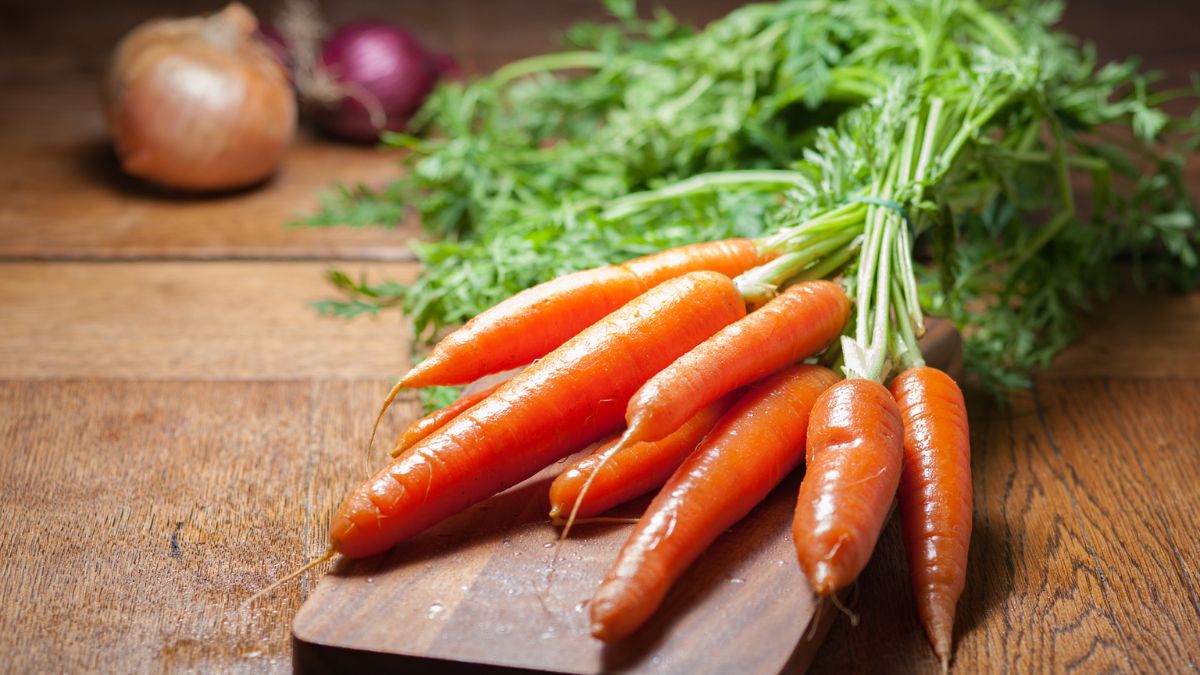Whether you're cooking at home or in a professional kitchen, a good knife is every cook's best friend. Few things are more frustrating than working with a dull blade - it not only slows you down but also results in uneven chopping, which can affect both the presentation and the texture of your dish. After all, precise cutting and chopping techniques are essential for a smooth cooking experience. Now, picture this - you're hosting a dinner party, ready to whip up a culinary storm, only to realize your trusted knife has gone dull. What do you do? Rush out to buy a sharpener? Absolutely not!
This is where a few smart tricks and a little kitchen creativity can save the day. With some clever techniques and everyday items, you can restore your knife's edge in no time. Let's find out how.
Also Read: 6 Types of Kitchen Knives and Their Uses
What Are The Signs Of A Blunt Knife?
A good, sharp knife is essential for both the safety and efficiency of your cooking expedition. Here are a few signs that your knife needs sharpening.
1. Struggle while chopping: When you need to apply extra pressure to cut a vegetable, it is time to sharpen your knife.
2. Uneven cutting: A good knife glides through a fruit or vegetable. On the other hand, a dull knife tends to crush your food or make uneven cuts, making the dish look unappetizing.
3. Slips off the food: This can be dangerous. When you apply pressure on a fruit or vegetable with a dull knife, the blade can easily slip off the surface, significantly increasing the risk of accidents.
4. Smooth edges: A dull knife feels smooth on the edge, whereas a sharp knife feels slightly rough.
Also Read: 5 Tips To Peel And Cut Your Veggies The Right Way For Maximum Nutrition

Photo Credit: Pexels
How Often Should You Sharpen A Knife?
It depends on the usage of the cooking arsenal. According to a report on New York's Institute of Culinary Education's official site, home cooks should sharpen their knives once or twice every month. Whereas professional chefs generally take out their whetstone about once every ten days, though they are often rotating through several knives day by day or task by task. But always remember, over-sharpening a knife can damage the edge and make it duller.
4 Effective Ways To Sharpen A Kitchen Knife Without A Sharpener:
1. Use a ceramic mug:
This works! Just flip the mug and draw it gently against the unglazed ring at the bottom. The uneven surface mimics a sharpening stone and helps the blade regain its sharpness.
2. Try a smooth stone from your garden:
Take a smooth paving stone, clean it thoroughly and run the blade across and alternate sides. Make sure the stone is damp to reduce friction. These stones work as an alternative to traditional whetstones for sharpening knives and blades.
3. Use another knife:
This is possibly the easiest and most convenient option you can find in your kitchen. Take two knives and slide the edge of one with the spine of the other. This may not give you the desired sharpness, but it can be a quick fix for those desperate times.
4. Nail filer:
This works as a honing blade. Place the file on a flat surface and gently run the knife blade. Make sure you clean the blade after the process to wash off the metal remains of the nail filer.
To learn more about such smart kitchen techniques, click here.
About Somdatta SahaExplorer- this is what Somdatta likes to call herself. Be it in terms of food, people or places, all she craves for is to know the unknown. A simple aglio olio pasta or daal-chawal and a good movie can make her day.








